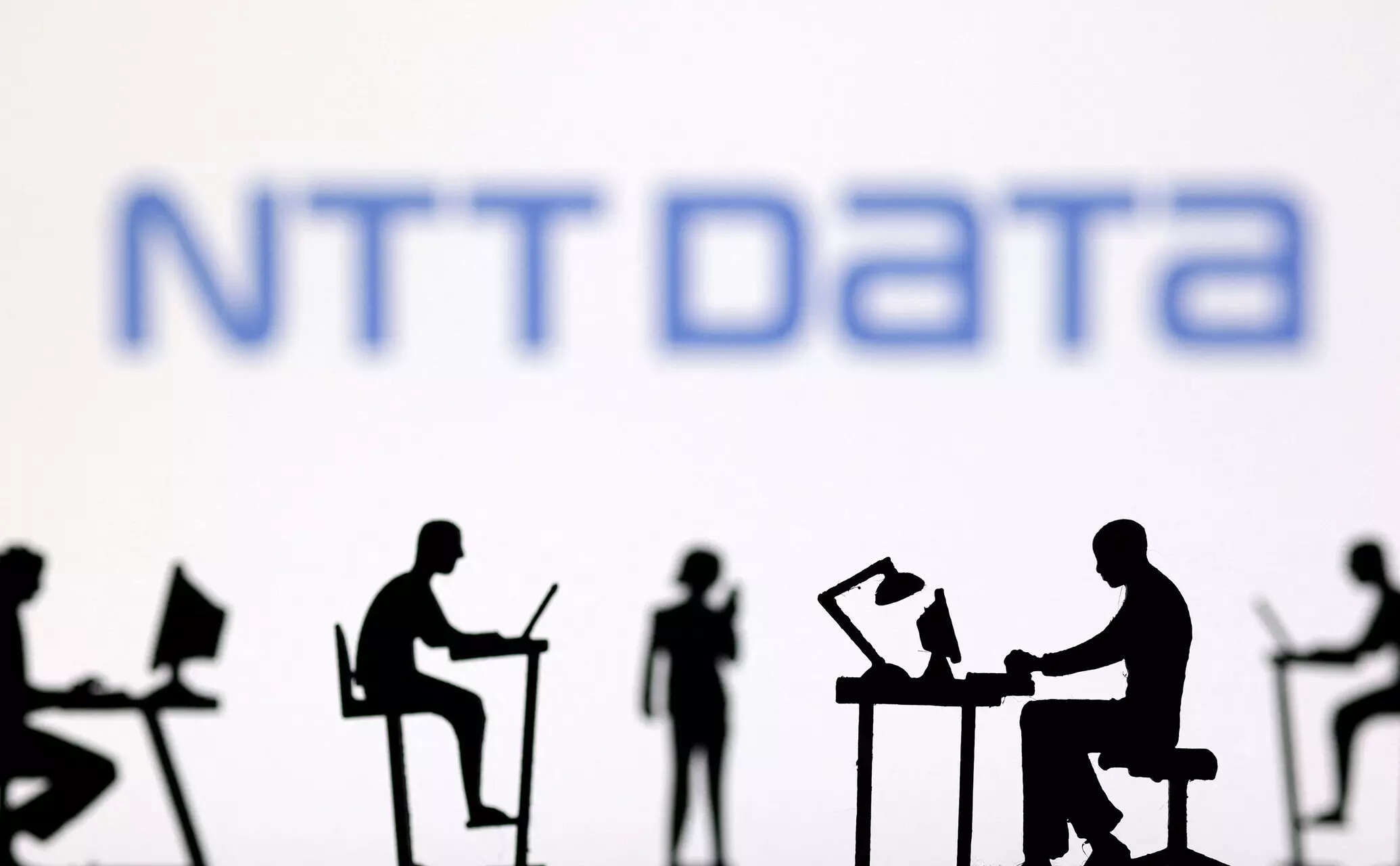
NVIDIA’s Next-Gen Gaming Revolution The gaming world is buzzing with anticipation as NVIDIA prepares to unveil its next-generation GeForce RTX 50 “Blackwell” series at CES 2025. January 2025 will mark the beginning of this exciting launch, with the highly anticipated GeForce RTX 5080 leading the charge. Groundbreaking Performance Awaits In a bold move, NVIDIA is set to release the RTX 5080 with 16 GB of GDDR7 memory at blazing speeds of up to 32 Gbps right after its CES reveal.
This strategic decision appears to be a response to the immense success of previous 80-tier GPUs. The RTX 4080, while overshadowed by its 4090 sibling, set a precedent that NVIDIA is keen to replicate, positioning the RTX 5080 as the first offering to hit retail shelves. Flagship RTX 5090 Close Behind Enthusiasts won’t have long to wait for the flagship RTX 5090 either.

Expected to debut a few weeks after the RTX 5080, this powerhouse promises to elevate high-end PC gaming standards even further, aiming to set new performance benchmarks. Competition Heats Up While NVIDIA charges forward with its high-performance GPUs, AMD and Intel aim to capture the mainstream market. Intel’s Arc B580 already shows promising sales in the competitive $250 segment, signaling a fierce battle for market share.
Stay tuned for more updates on NVIDIA’s game-changing products, as both Founders Edition and partner variants of these GPUs start surfacing online. The beginning of 2025 promises to be a thrilling time for tech enthusiasts worldwide. NVIDIA’s Next Gaming GPUs Lead the Tech Trends: Pros, Cons, and What to Expect As the gaming industry eagerly looks forward to the release of NVIDIA’s next-generation GeForce RTX 50 “Blackwell” series, anticipation builds around how these GPUs will transform the gaming landscape.
Outlined below are insights, predictions, and features that gamers and tech enthusiasts might expect from these innovations, along with key points on competition, and sustainability efforts. NVIDIA’s upcoming RTX 5080 is set to revolutionize gaming performance with its cutting-edge specifications. Featuring 16 GB of GDDR7 memory and speeds reaching up to 32 Gbps, this GPU is poised to deliver unprecedented graphics capabilities.
Pros: – Higher Memory Speeds: The introduction of GDDR7 memory is expected to substantially enhance data transfer rates, leading to smoother and more vibrant gaming experiences. – Advanced Computational Power: Increased computational efficiency is anticipated to significantly boost gaming performance and support more realistic in-game physics and ray tracing effects. Cons: – Potential Heat Management Challenges: With higher speed memory modules, adequate cooling solutions will be crucial, possibly leading to higher costs or the need for specialized cooling systems.
– Cost of Innovation: The advanced technology and performance improvements are expected to come with an increased price, potentially limiting accessibility for budget-conscious gamers. NVIDIA is not the only company pushing the envelope in the graphics card arena. Both AMD and Intel are ramping up their efforts to capture different market segments.
Intel’s Arc B580 shows strong sales in the $250 market, demonstrating a keen interest in affordable yet powerful GPUs. This increased competition could spur innovation and potentially drive prices down over time. With global concerns over e-waste and energy consumption, there is growing interest in how companies like NVIDIA are addressing these issues.
Possible sustainability strategies include enhanced energy efficiency within new GPU models and active participation in recycling programs for older hardware. Innovative Practices: – Implementing energy-efficient architectures to reduce the overall carbon footprint of their products. – Pursuing initiatives to reclaim and recycle rare materials used in previous GPU models.
The future of high-performance gaming seems bright, with NVIDIA setting new benchmarks. Predictions suggest that VR and AR applications will benefit significantly from these advances, creating more immersive environments. Additionally, artificial intelligence integrations in gaming could be boosted with the increased processing power available.
For more information and updates on NVIDIA’s latest products and innovations, visit NVIDIA . Stay informed as the tech landscape evolves, emphasizing not only enhanced graphics and performance but also sustainability and market adaptability. The developments expected in 2025 are likely to shape the next several years of PC gaming technology.
.















